Hand-Painted Masterpieces
Our limited edition playing cards feature Persian artwork and are printed on high-quality coated PVC material. Each deck is a unique piece of art, making it a valuable addition to any collection.
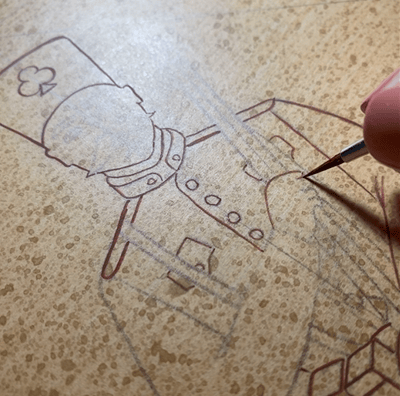

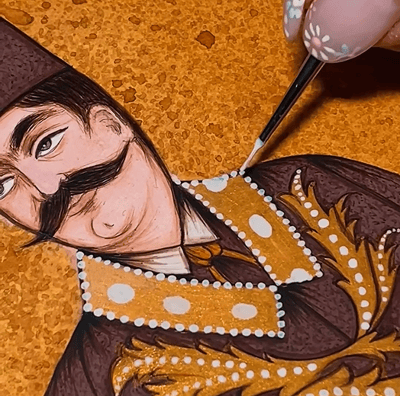

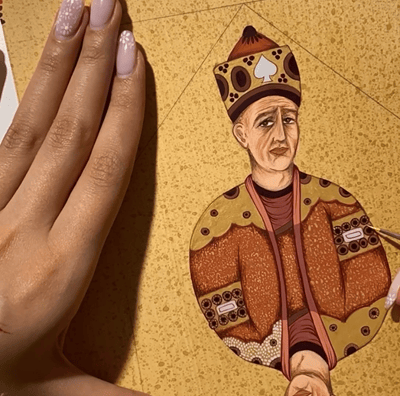

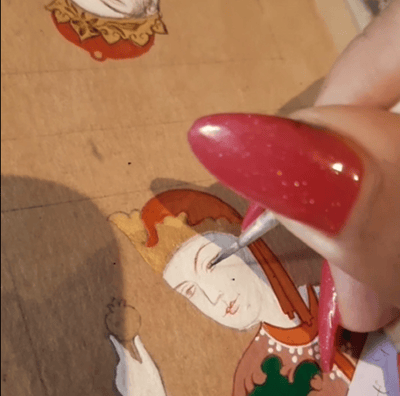

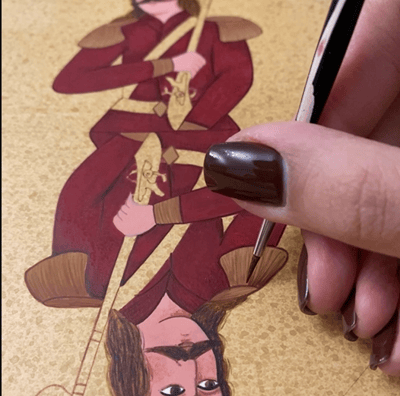

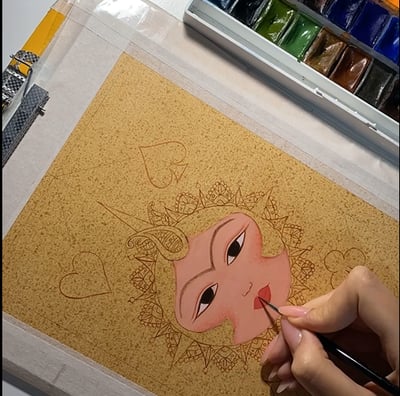

Description about some of the artworks
by Sara Taheri
Back of the card
This work is a combination of Khorshid Khanum's design from Iranian motifs and mandala, which is the symbol of the sun in Buddhist religions.
Khursheed Khanum is a real person, she belongs to the Ghafari family during the Qajar era, who is considered to be the model of Sani al-Mulk's painting due to her beauty. Khursheed Khanum, who was also known as Haji Amma, has a family relationship and is close to Sani al-Mulk, and that is why she was able to be the subject of his paintings for a long time.
Of course, there is also a historical quote about Khursheed Khanam. She is the first Iranian female entrepreneur who stood up to a foreign product and was highly noticed by Amir Kabir.
An idol on Khurshid Khanum's forehead, a bent cypress (a symbol of humility), which is a sign of Iran and Iranians.
Ace symbols are used on four sides of the card.
Ace cards
Ace (in English: Ace) is called any of the four single cards or single points in the playing card.
This card is inspired by the combination of the king's hat and the weapon of the soldiers of that era. Also, the color of ace is in harmony with the color of the main sign.


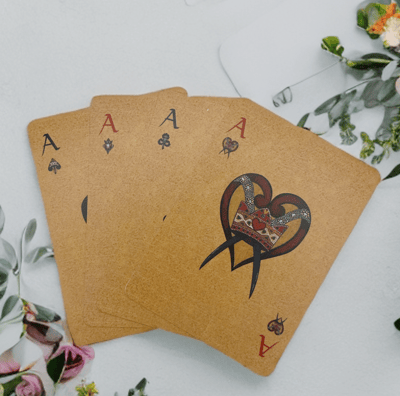

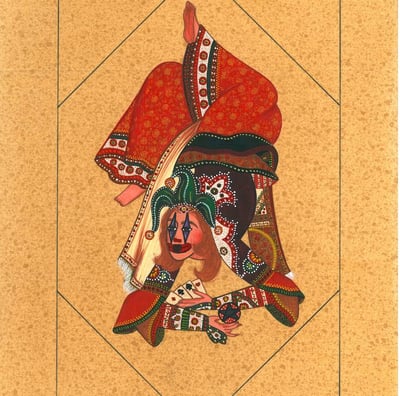

Jocker cards
There are usually two jokers in each suit of cards; One is red and the other is black. Of course, jokers are sometimes used as a substitute for lost or torn cards.
Description of the artwork: This work is inspired by the dancers of the Qajar era. The color of the dress is red according to the Joker's main card and the many decorations of the dress are in harmony with the Qajar era. One of his hands has ace cards and the other hand has the famous clown ball. The choice of the type and color of the hat and hair is completely in harmony with the famous clowns
